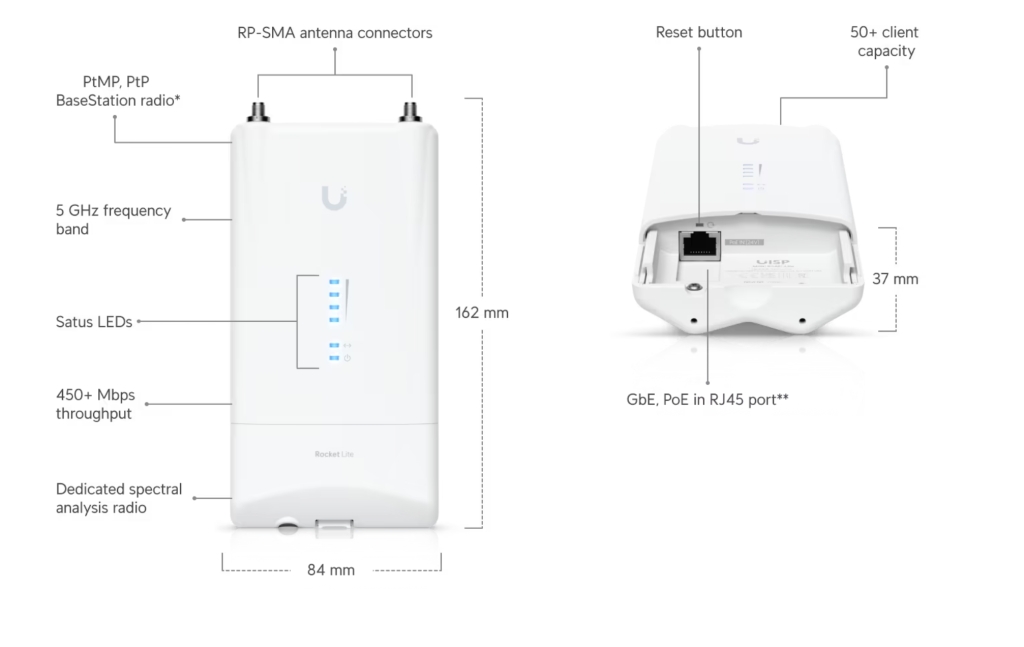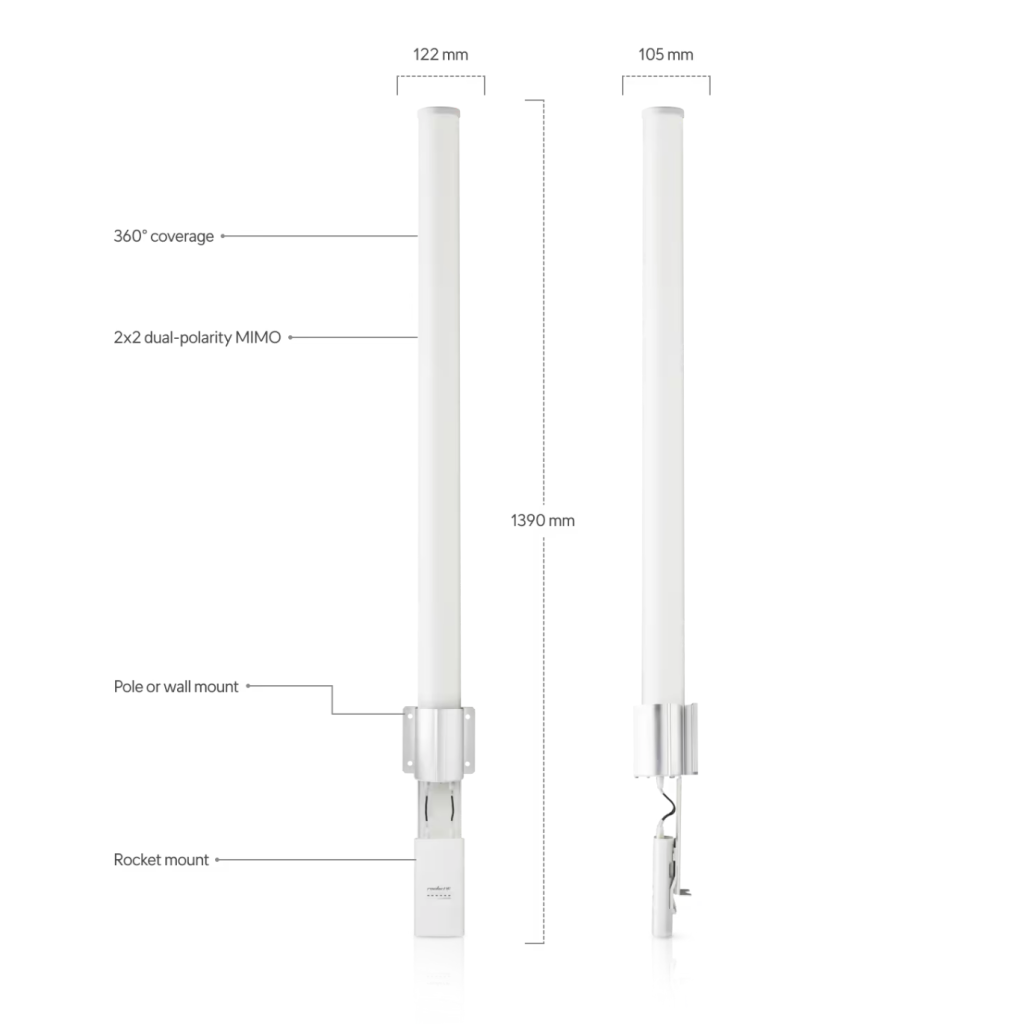Background
AREDN is a broadband, IP-based, wireless network run by amateur radio operators under Part 97 of the FCC Rules and Regulations. AREDN recognizes that the needs of our communities, in times of emergency, have far exceeded what can reasonably be provided by voice communications. The communities we serve depend on access to network-based resources, and the impact of disasters today will be compounded when reliable data communication is lost.
Cellular and internet networks, today, are vulnerable in the event of disasters like earthquakes that can disrupt power. Cellular, in particular, is far less resilient than plain old telephone service (POTS). As an illustration, when the Loma Prieta earthquake struck in 1989, most people only depended on POTS, and most POTS service stayed up (154 of the 160 central offices in the San Francisco Bay Area remained operational after the earthquake -- central offices were designed with their own power sources). Today, most people depend on cellular instead of POTS. For a cellular network to survive an earthquake, most of the cell sites need to remain operational. So, instead of 160 points of vulnerability, we now depend on thousands, most of which don't have long-term backup power.
AREDN can't fully replace cellular, but it can provide power-robust essential data communications to assist our public service agencies in responding to emergencies including
- Smartphone-based capture of incident data
- Web-based situational awareness
- Substantially improved bandwidth for data transport as compared to packet radio
- Modern communications services such as chat, email, video conferencing, web, wiki, and the like
This is made possible by the availability of low-cost, high-performance 5 GHz radio equipment that operates in amateur radio bands.
AREDN combines custom-created software and readily-available and inexpensive wireless network hardware to create "nodes" that are then installed at high points, on buildings, on houses and even as pop-ups at an event to form a global, wireless network. The network relies on point-to-point, point-to-multipoint, and mesh topologies. It takes advantage of certain frequencies and power levels that are available to amateur radio operators. The U.S. portion of the AREDN network operates under Part 97 of the FCC Rules and Regulations and, as such, must comply with those Regulations in all ways. Today, there well over 1,000 wireless nodes in operation worldwide. In Palo Alto, we use AREDN to construct a power-resilient network to support the City's emergency operations in cooperation with the Office of Emergency Services (OES).
This guide focuses on the subset of AREDN capabilities we are using in Palo Alto. A broader discussion of AREDN is available at the main AREDN website.
Components
The AREDN software was built by a small team of dedicated amateur radio operators. AREDN software runs atop of OpenWRT, a mature and evolving open source base for operating WiFi access points. AREDN software extends OpenWRT on selected hardware to support network creation and management.
AREDN can use radios and antennas from various vendors, operating in four different frequency bands. The bulk of current AREDN nodes operates in the 5 GHz band, but there are also nodes operating at 900 MHz, 2.4 GHz, and 3 GHz. 5 GHz is desirable because it provides many channels and antennas are small. However, there are more propagation limits in 5 GHz compared to the lower-frequency bands. A current example of 5 GHz equipment is the Ubiquiti Rocket family. It is a current favorite because of performance, cost, size, and availability. The radio itself is a fits-in-your-hand device supporting so-called 2x2 MIMO (Multiple-Input, Multiple-Output) operation that increases available channel capacity over a more traditional single-stream radio. Like other similar radios, it uses Power-over-Ethernet (PoE), combining the power supply and the ethernet connection into one, making installation simpler. This radio can be mated with dish, sector, and vertical antennas that provide narrow beam, pie-slice, and omnidirectional patterns, respectively. Clicking on each one will take you to the vendor's page where you can get additional specifications and pricing.




Network structure
The simplest AREDN network consists of two nodes with an adequately clear path between them. Two radios, each with an omnidirectional antenna and clear line-of-sight between them can cover a mile or more. Each node connects via ethernet to a laptop computer (we call these endpoints), and data can flow between these laptops over AREDN. Using dish antennas, the distance can extend to 50 miles or more, depending on terrain. The network can be augmented with traditional WiFi access points to create hotspots at one or both ends, allowing multiple endpoint devices to connect to each other. For emergency purposes, such a point-to-point network, set up on an ad-hoc basis with one end near the site of the emergency, can provide data, audio, image and video feeds from the site to a distant support team. But what if there is no clear line-of-sight between the radios?
In Palo Alto, as in many other communities, we are establishing a network of nodes at fixed locations on high points with backup power to enable connectivity between many places that don't have line-of-sight. These fixed nodes are on tall buildings and high points in the hills. The locations have been chosen to minimize blockages from terrain and vegetation. These nodes are tied together into a single City-wide network with attention paid to power resilience (solar, battery, generator) and routing redundancy. An ad-hoc node can connect to this network via any of the fixed nodes to which there is line-of-sight. The more such nodes we install, the smaller the chance of not having a good point of connection for ad-hoc nodes.